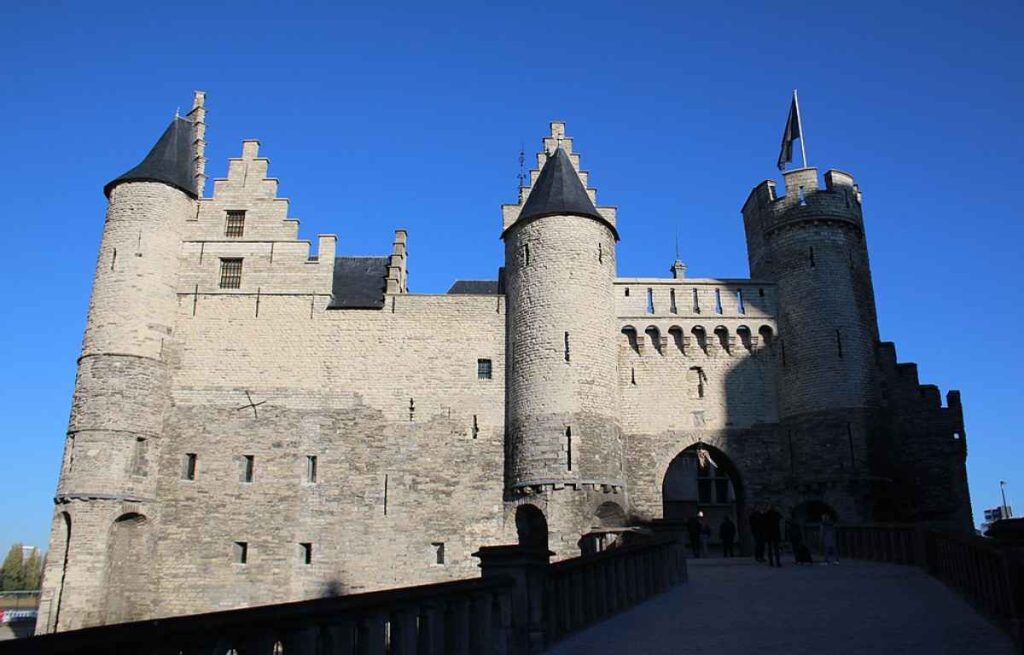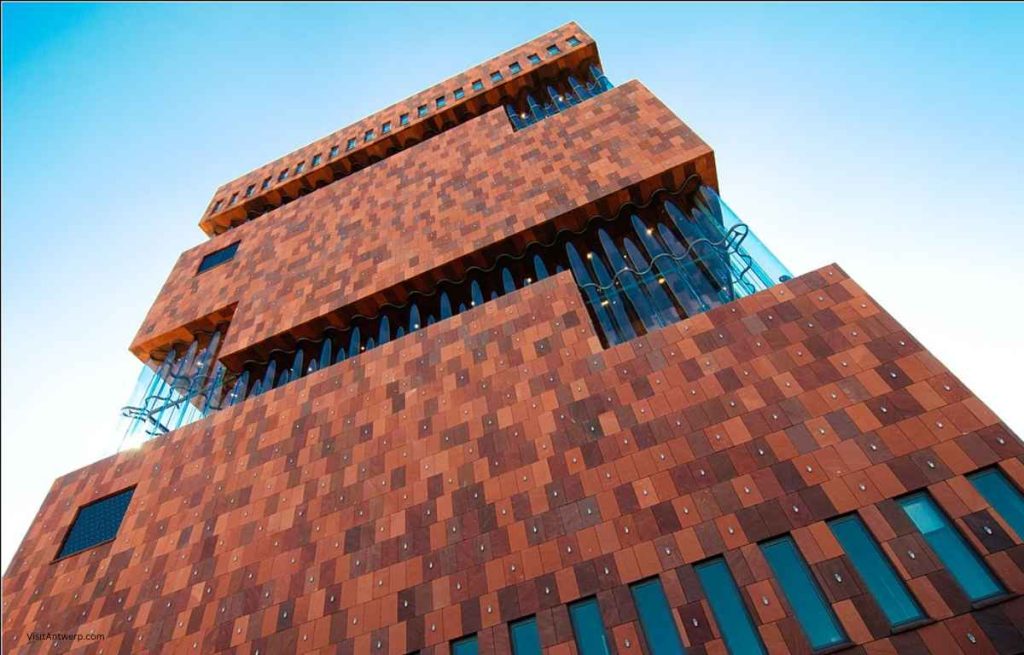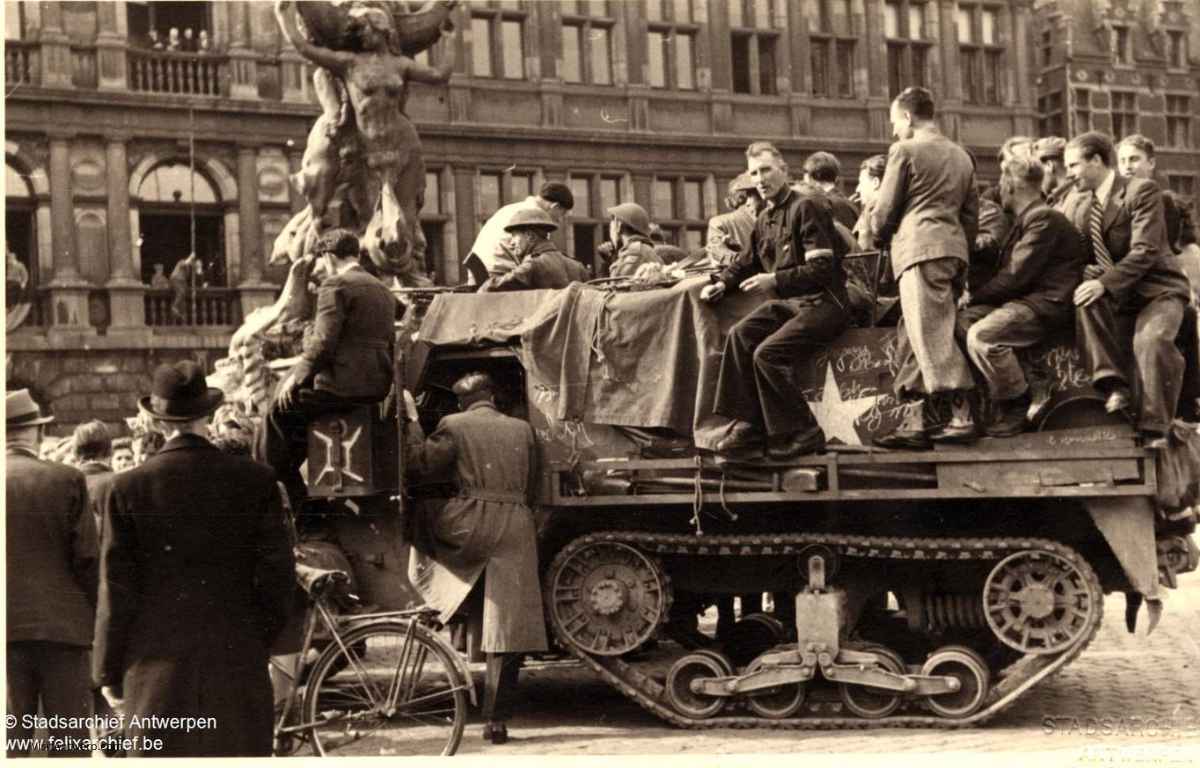History lovers will find a lot to explore in Antwerp. Nestled along the banks of the River Scheldt, Antwerp has always been a city of significance. From its medieval origins as a bustling port to its current status as a global diamond hub, Antwerp’s history is as multifaceted as the gems it trades. This vibrant city has weathered the tides of time, evolving and thriving through centuries of change.
As we explore Antwerp’s past, we’ll uncover stories of prosperity, conflict, and cultural renaissance. Each era has left an indelible mark, shaping the city’s unique character. Whether you’re a history buff or simply curious about this city at the heart of Belgium, journey with us through the fascinating chapters of Antwerp’s rich heritage.
The Founding of Antwerp
Early Settlements and Roman Influence
Our journey into Antwerp’s history begins with early settlements. Archaeological evidence points to human activity in the region from the Palaeolithic era. Small hunter-gatherer communities thrived long before major civilisations emerged. By the time the Romans arrived in the first century BC, these settlements had evolved, benefiting from proximity to the River Scheldt.
Under Roman rule, Antwerp witnessed significant transformation. The Romans built roads and infrastructure, which facilitated trade and commerce. Settlements like Vicus Anwerrpia (the precursor to Antwerp) became vital trade hubs. Roman coins and artefacts found in archaeological digs affirm this influence, indicating a robust economic integration into the Roman Empire. Thus, Roman advancements laid the foundation for Antwerp’s later growth.
Growth in the Middle Ages
The Middle Ages heralded a pivotal era for Antwerp, marked by remarkable growth. Between the 10th and 14th centuries, Antwerp transitioned from a modest settlement to one of Europe’s most influential ports. The construction of a fortified castle (the Steen) by the Franks in the 9th century signified the city’s strategic importance along the River Scheldt.

Trade blossomed, attracting merchants from across the continent. By the 14th century, Antwerp’s Merchant Guilds had arisen, ensuring regulated and prosperous trade practices. The city gained prominence as a centre for importing and exporting goods like wool, silver, and spices. Economists and historians recognise the 15th century as the golden age for Antwerp, where it surpassed Bruges as the trade capital of the Duchy of Brabant.
Together, these early growth phases set the stage for Antwerp’s rich historical narrative, marking it as a significant cultural and economic hub in Europe.
Rise as a Trading Metropolis
Expansion of the Port of Antwerp
Urban planners and traders realised the strategic importance of Antwerp’s port. By the 15th century, significant investments were funnelled into expanding port facilities. This included dredging the River Scheldt to accommodate larger vessels and constructing docks. Merchant ships from the Hanseatic League, Italy, and Portugal began frequenting the port, bringing goods like spices, textiles, and precious metals. The port’s growth enabled Antwerp to surpass Bruges, becoming the leading trade hub in Northern Europe.
Influence of the Spanish Empire
In the 16th century, Antwerp found itself under Spanish Habsburg rule. Despite the political control, the city benefited economically through the Spanish Empire’s expansive trade network. The influx of silver from the Americas bolstered Antwerp’s financial sector, establishing it as a banking capital. Foreign merchants settled in Antwerp, contributing to a cosmopolitan atmosphere. Economic prosperity continued until the latter half of the century when conflicts and dominance shifts impacted trade. Nonetheless, Antwerp’s legacy as a European trade metropolis was firmly established.
Cultural Flourishing and Decline
The Golden Age of Art
During the 16th and 17th centuries, Antwerp experienced a significant cultural renaissance, marked by its flourishing art scene. Esteemed artists like Peter Paul Rubens, Anthony van Dyck, and Jacob Jordaens elevated the city’s status as an artistic hub. Rubens’ influence extended beyond painting; his workshop produced altarpieces, portraits, and historical scenes, enhancing Antwerp’s cultural prestige. Van Dyck, a prominent portraitist, garnered recognition for his detailed and elegant representations of European nobility. Jordaens, known for his vibrant and dynamic compositions, contributed to the artistic vibrancy of the city.
Learn about the renovation of the Museum of Fine Arts in Antwerp.
Art collectives and guilds further cemented Antwerp’s reputation in the art world. The Guild of Saint Luke played a pivotal role by supporting and regulating the activities of artists and artisans. Collectors and patrons from across Europe frequented Antwerp to acquire masterpieces, stimulating the local economy. The confluence of artistic talent and commercial prosperity during this period established a legacy that continues to influence contemporary art.
The Impact of Wars and Occupation
However, Antwerp’s cultural and economic prosperity faced significant challenges due to wars and occupations. The Eighty Years’ War (1568-1648), which pitted the Spanish Crown against the Dutch Republic, devastated Antwerp’s thriving trade and cultural environment. The city’s fall in 1585 to Spanish forces resulted in a mass exodus of its Protestant population, crippling its economic base and leading to a decline in artistic patronage.

In the early 19th century, the Napoleonic Wars imposed further hardships on Antwerp. Napoleon Bonaparte recognised the strategic importance of the city and constructed extensive fortifications, making it a military stronghold. These infrastructural changes, while significant, diverted resources away from cultural development. The city’s occupation by various forces resulted in the stagnation of its cultural contributions and an overall decline in its prominence.
Despite these turbulent periods, Antwerp managed to preserve its rich cultural heritage. The resilience of its art community and ongoing restoration efforts have helped maintain its status as a centre of culture and history.
Modern Developments
Post-War Reconstruction and Growth
Antwerp embarked on significant reconstruction after World War II. The city centre, heavily damaged during the conflict, saw a concerted effort to rebuild and modernise. Emphasis was placed on updating infrastructure, including road networks and public transport systems. By the 1960s, Antwerp had revitalised its port, bolstering its status as a major maritime hub.
Housing projects aimed at addressing post-war population growth emerged, with developments like the Kiel and Linkeroever districts offering modern living spaces. Efforts to preserve historical sites also gained momentum, with landmarks like the Cathedral of Our Lady undergoing extensive restoration.
Economic diversification became a priority. Antwerp’s diamond industry, already renowned globally, expanded its reach. The petrochemical industry flourished near the port, attracting multinational corporations and solidifying the city’s economic base.
Antwerp in the 21st Century
Entering the 21st century, Antwerp transitioned into a vibrant, cosmopolitan city. Sustainability initiatives became a focal point, with investments in green technology and renewable energy. Public transport received upgrades, featuring hybrid and electric buses and expanding cycling infrastructure.

The city’s creative landscape flourished. The Fashion District, renowned for the Antwerp Six, became a beacon for avant-garde design. Museums like the MAS (Museum aan de Stroom) and the Red Star Line Museum drew tourists and locals alike. Learn more about MAS at https://mas.be/en
Digital transformation took centre stage. Antwerp adopted smart city technologies, enhancing services like waste management and traffic navigation using real-time data. Collaborative hubs like The Beacon fostered innovation, particularly in the tech and logistics sectors.
Efforts to improve quality of life continued. Projects such as the Ring Road’s partial tunneling aimed to reduce traffic congestion and pollution. Waterfront redevelopment plans, like the Scheldt Quays project, focused on creating recreational spaces while safeguarding against flooding.
Conclusion
Antwerp’s journey from a medieval trading hub to a modern cosmopolitan city is nothing short of remarkable. Its resilience and adaptability have allowed it to thrive despite numerous challenges. Today we see a city that seamlessly blends its rich historical heritage with forward-thinking initiatives.
As Antwerp continues to innovate and grow its commitment to sustainability and digital transformation ensures it remains a key player on the global stage. This vibrant city is not just a testament to its past but a beacon for future possibilities.
Other resources we can recommend;
https://visit.antwerpen.be/en/see-do

Hi. I’m Marcus. You can find out more about me at https://ma.rcus.co.uk. I’ve been creating digital content and online business solutions since the mid 90s. This site is part of the Visit/Network. A collection of travel web sites using premium travel domains for exciting countries and cities all over the world. I’ve visited each location many times.
